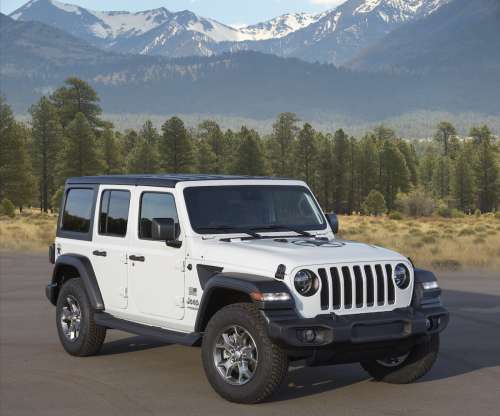FCA says Jeep Wrangler environmental impact reduced by 15% compared to predecessor
Green Car Congress
MAY 12, 2020
The GWP improvement was calculated using industry-standard software that examines multiple factors associated with a vehicle’s design, production and on-road performance. These factors include: the environmental impact of fuel production and delivery; material use; and the vehicle’s own fuel consumption.



























Let's personalize your content